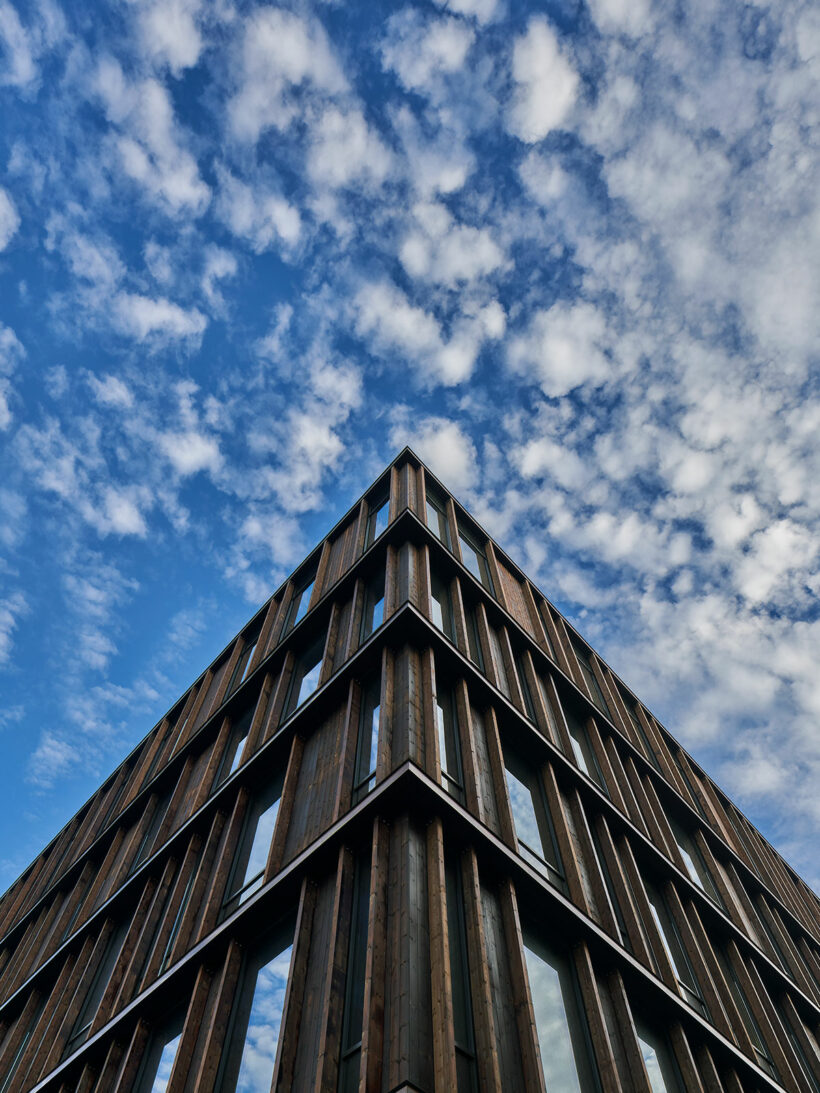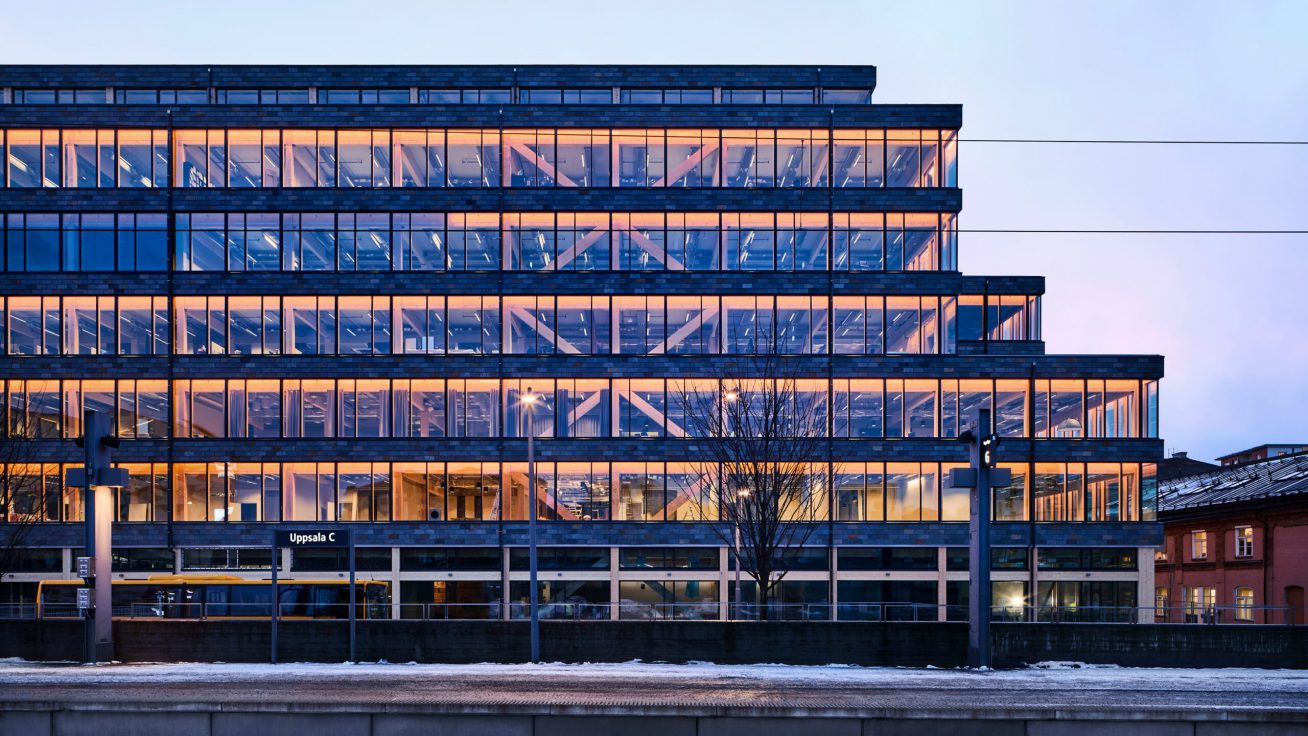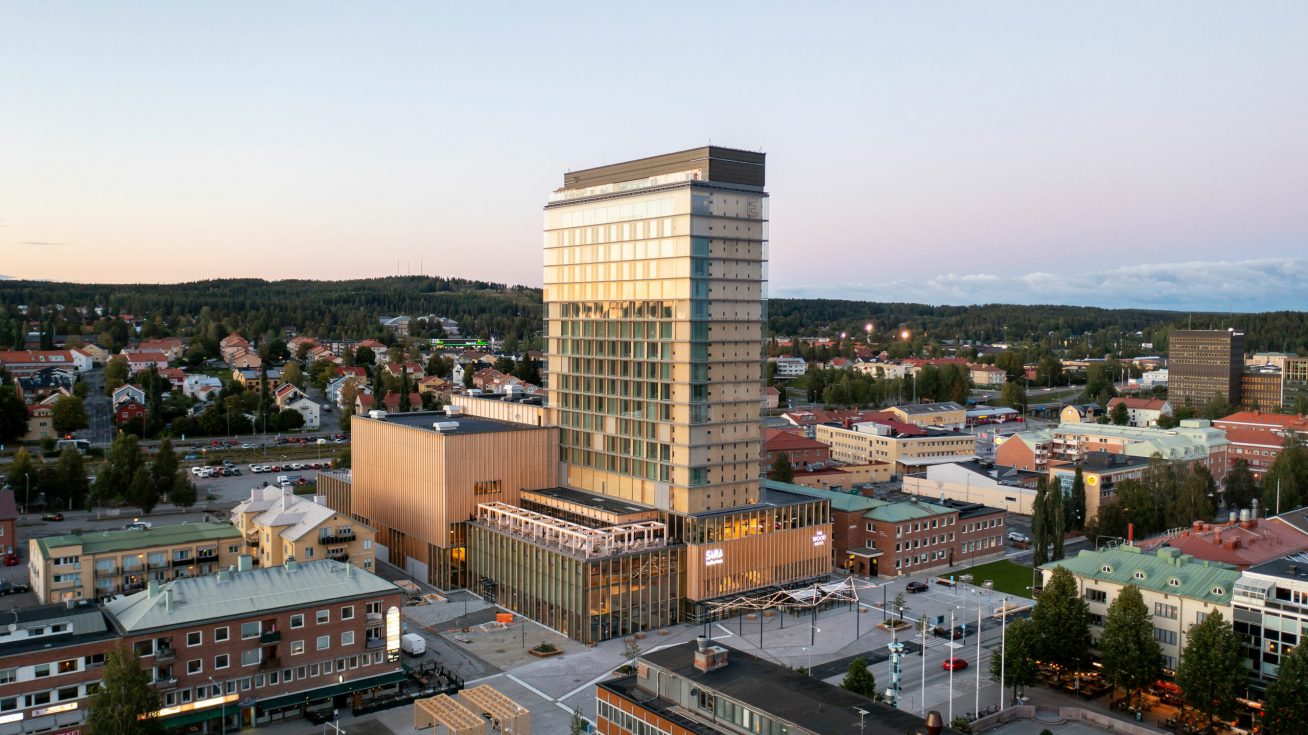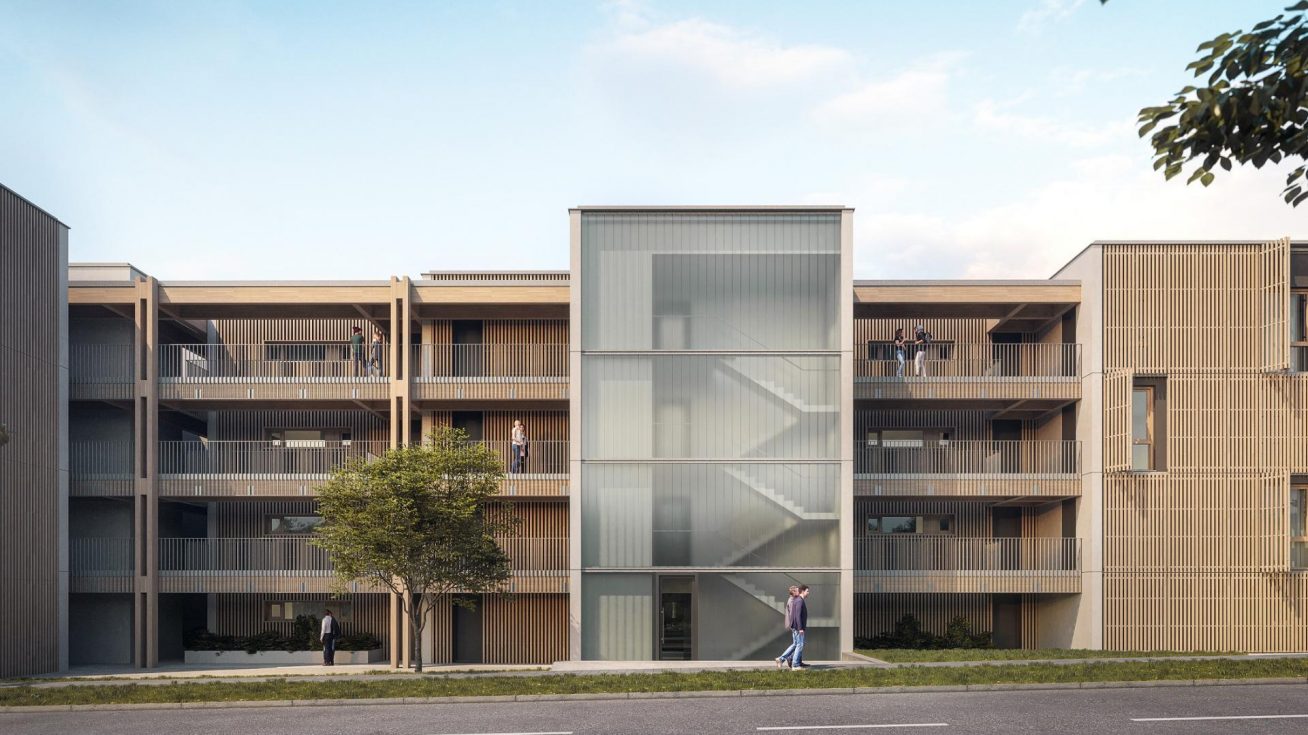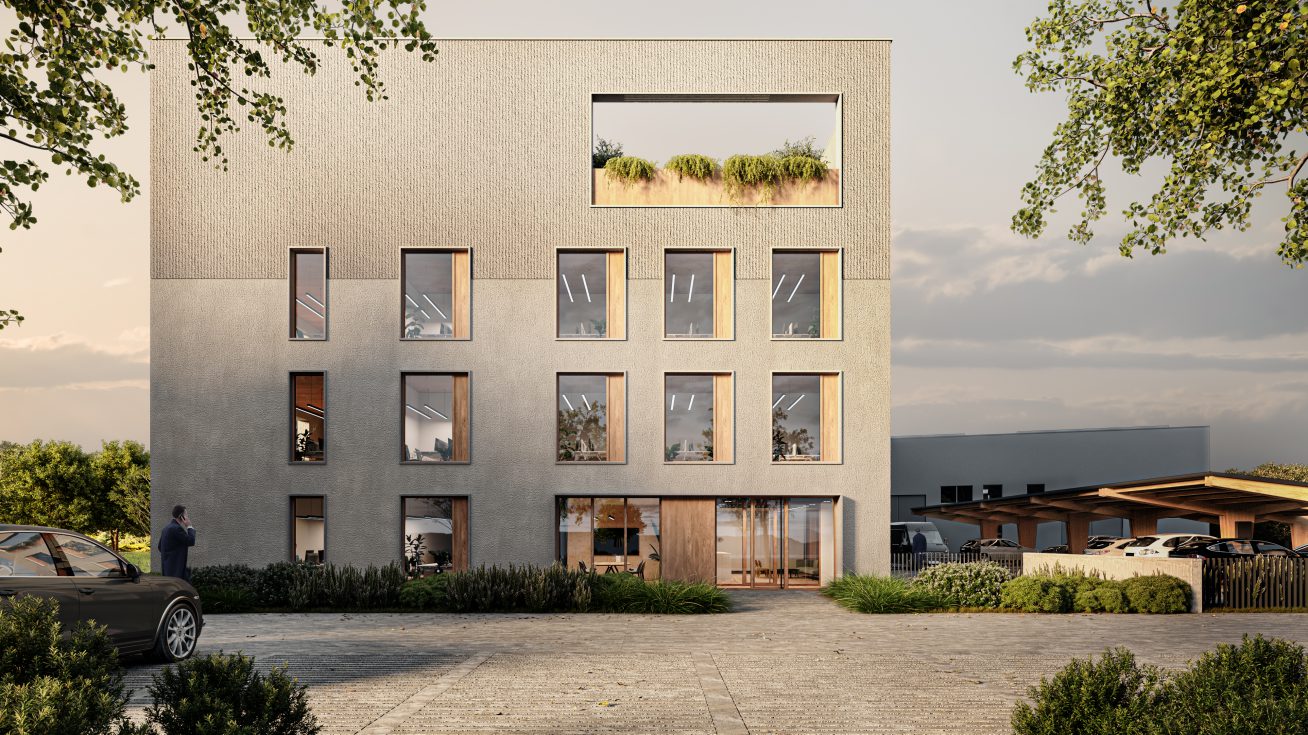In the Czech Republic we have the first four-storey wooden buildings, but in Sweden 20-storey buildings are already being built. Where are the roots of modern wooden buildings in Sweden?
It all started when the standard was changed in 1994. Until then, it was similar to what it is today in the Czech Republic. And they approached it by saying that it doesn’t matter what material the building elements are made of, it only matters what their function is and whether they can withstand the requirements of, for example, fire resistance, especially in terms of time classification. When designing, it is therefore important that all load-bearing elements, whether it is a wall or a beam, can withstand fire for a period of time that ensures the safe escape of persons.
However, this is also linked to the development of various certifications of materials and structural elements so that tall wooden buildings can be permitted and their production is not tied up. They have been working hard on this for over 30 years, so in that time, large wooden buildings have become a fairly common practice in Sweden.
So the boom in multi-storey wooden buildings in Sweden was triggered by a change in legislation?
Yes. At the same time, it is important to remember that Sweden has a huge amount of forests, and wooden buildings in general have a very long tradition here. But I remember when I joined White Arkitekter, there was a lot of discussion about how to convince clients to choose a timber structural system. It took a long time for clients to get used to it and go for it, because they didn’t know how such buildings would behave. It is logical, however, as large buildings have always been built here with different materials and can therefore be easily priced. That’s why concrete and steel led for a long time. But then the first big wooden building was built and everyone came to see it, they were interested in the construction, construction technology and details, so it slowly took off.
Even in the context of competitions, we first proposed two design variants so that the client could choose. Mainly so we don’t scare them off with the wooden structure.
So as architects you first had to convince clients that it made sense to start using timber structures?
Yes, that’s how it started in Sweden. The legislation did change, but it took a long time for the market to get used to it. It makes a difference whether a two-storey nursery or thirty thousand square metres of offices are built out of wood. This simply carries with it various risks and if someone decides to go down the new path of wooden buildings, they must be sure that there will be no problems.
And the other big thing was the price. Large wooden buildings were initially more expensive. We had to demonstrate to our clients the ecological footprint, the speed of construction and look for different arguments to make wood construction profitable for them.


